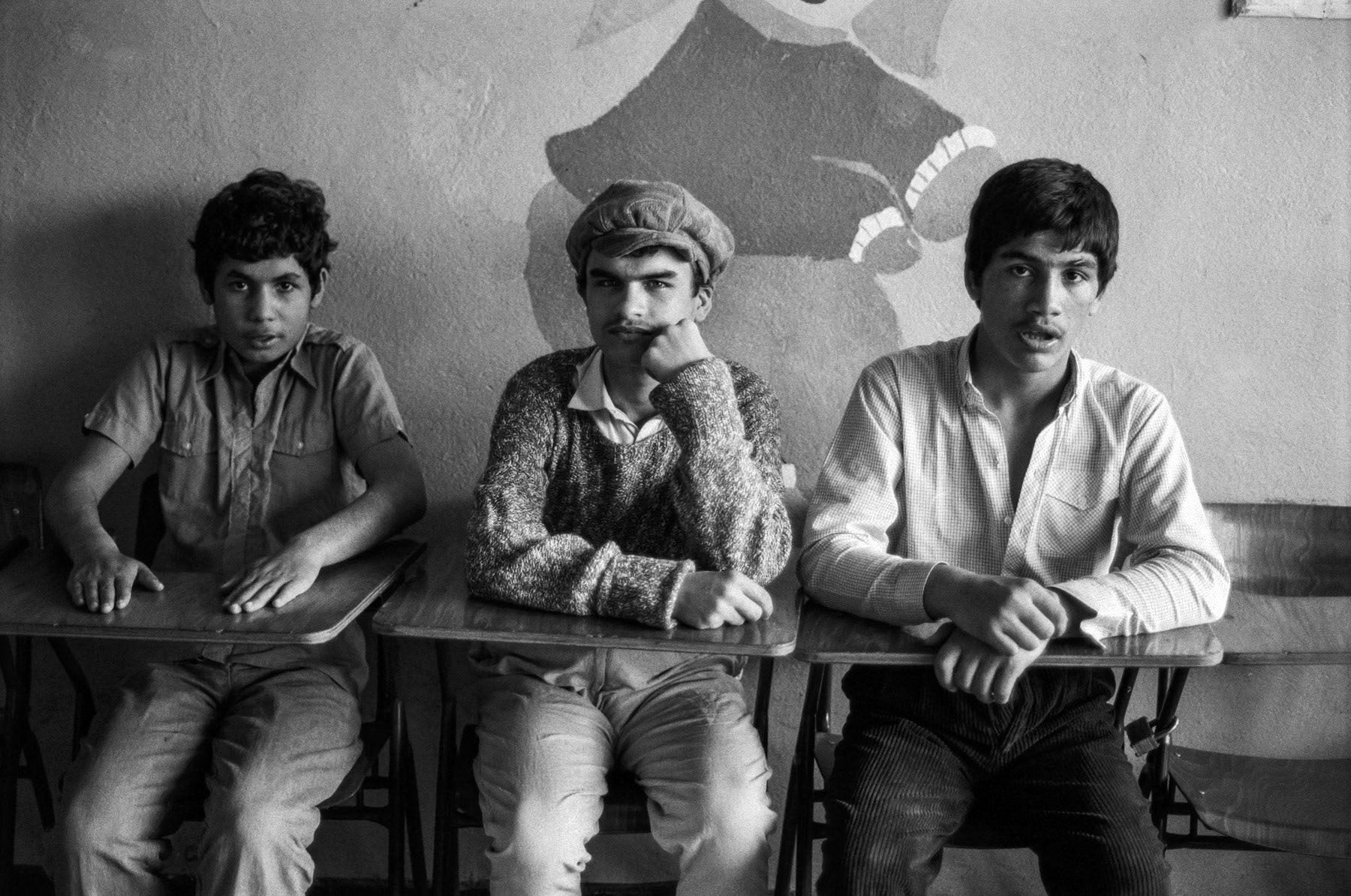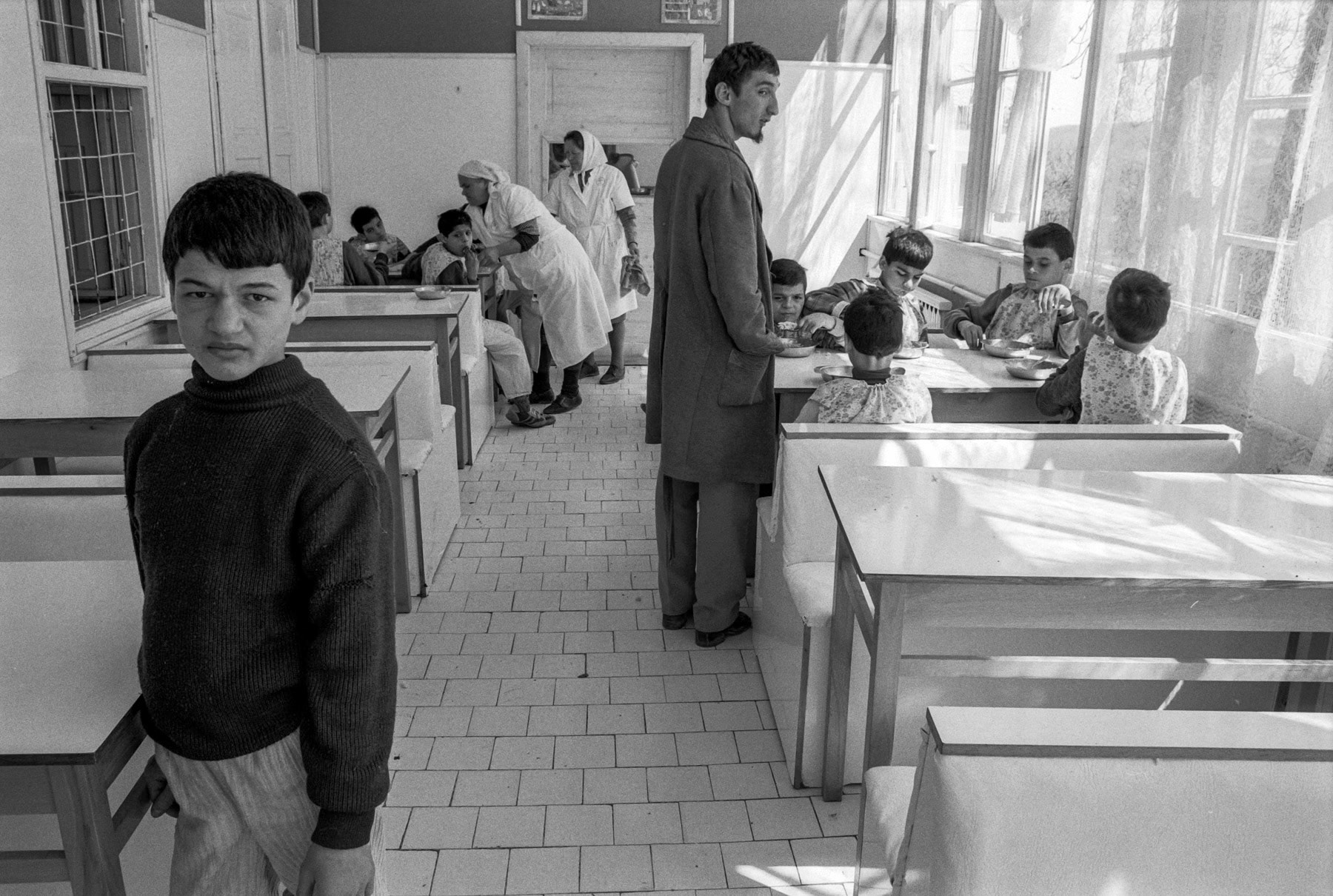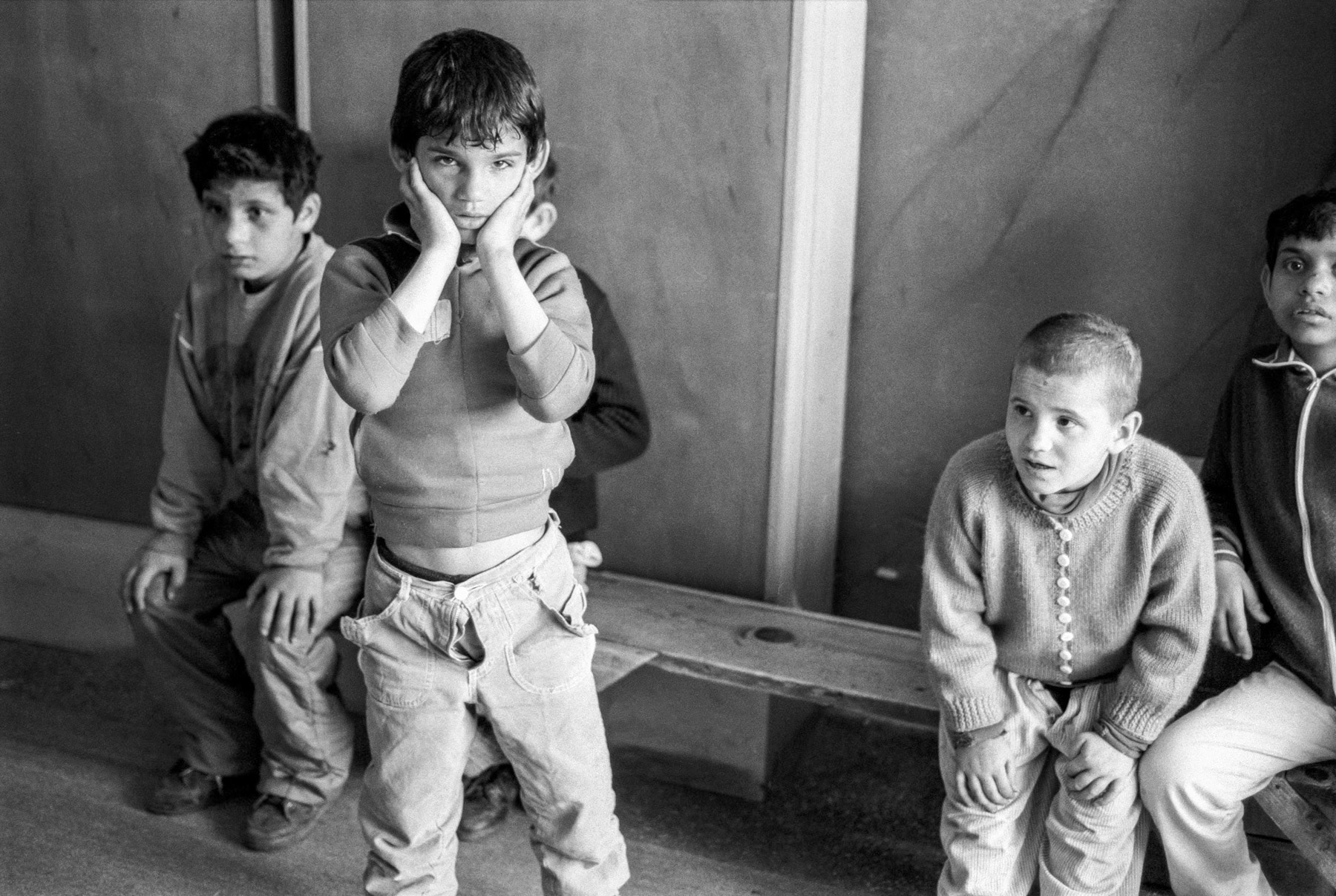Ceausescu’s draconian policies, which outlawed abortion and birth control and mandated that every woman bear at least five children, left a harrowing legacy in Romania. These measures, aimed at boosting the nation’s population, instead led to widespread abandonment of children, many of whom were left in the care of the state. With parents unable or unwilling to support large families amidst economic hardship, vast numbers of children found themselves in overcrowded and underfunded institutions.
These orphanages, ill-equipped to provide proper care, became symbols of neglect and human suffering. Children were often left in cribs for hours, deprived of basic human interaction, and subjected to poor hygiene and inadequate nutrition. Many developed severe developmental delays and health issues as a result.
It was only after the fall of Nicolae Ceausescu in 1989 that the international community gained access to these institutions. Organizations like Médecins Sans Frontières began to document the dire conditions, raising global awareness and pushing for reforms. In 1993, this series of photographs was taken as part of an awareness campaign, shedding light on the plight of these forgotten children.
The images captured stark realities—vacant eyes, cramped dormitories, and desolate faces—but also ignited a wave of international aid. This marked the beginning of a slow transformation, with many institutions reformed or closed and efforts initiated to integrate these children into foster care or supportive environments. The photographs remain a poignant reminder of the cost of misguided policies on human lives.

Ceausescu's policies of outlawing abortion and birth control, dictating that every woman bears a minimum of five children, had created a generation of children that were cared for by the state. This resulted in large numbers of orphans, in most cases abandoned by their parents, being incarcerated in child insitutions accross Romania. Only after the fall of Ceausescu, international organisations could provide assistance and support reform or closure of such institutions. This series of photographs was taken in 1993 for Médecins Sans Frontières in the framework of an awareness campaign. Orphans, Cluj-Napoca in Romania, May 1993

Cluj-Napoca orphanage, Romania, May 1993

Child institution for orphans with physical and mental problems, Cluj-Napoca, Romania, May 1993

Medical institution for children with mental disabilities, Cluj-Napoca, Romania, May 1993

Orphans, Cluj-Napoca in Romania, May 1993

Cluj-Napoca, Transylvania, Romania, May 1993

Orphanage, Cluj-Napoca region, Romania, May 1993

Medical institution for children with mental disabilities, Cluj-Napoca, Romania, May 1993

Mental health ward, orphange in Cluj-Napoca region, Romania, May 1993

Orphange in Transylvania, Romania, May 1993

Cluj-Napoca, Transylvania, Romania, May 1993

Child institution for orphans with physical and mental problems, Cluj-Napoca, Romania, May 1993

Playground, Cluj-Napoca region, Romania, May 1993

Playground, Cluj-Napoca region, Romania, May 1993

Child institution for orphans with physical and mental problems, Cluj-Napoca, Romania, May 1993

Orphans, Cluj-Napoca institution for children, Romania, May 1993

Cantine, Cluj-Napoca orphanage, Romania, May 1993

Mental health institution for orphans, Cluj-Napoca, Romania, May 1993

Orphans, Cluj-Napoca in Romania, May 1993

Orphanage, Cluj-Napoca region, Romania, May 1993

Medical institution for children with mental disabilities, Cluj-Napoca, Romania, May 1993










